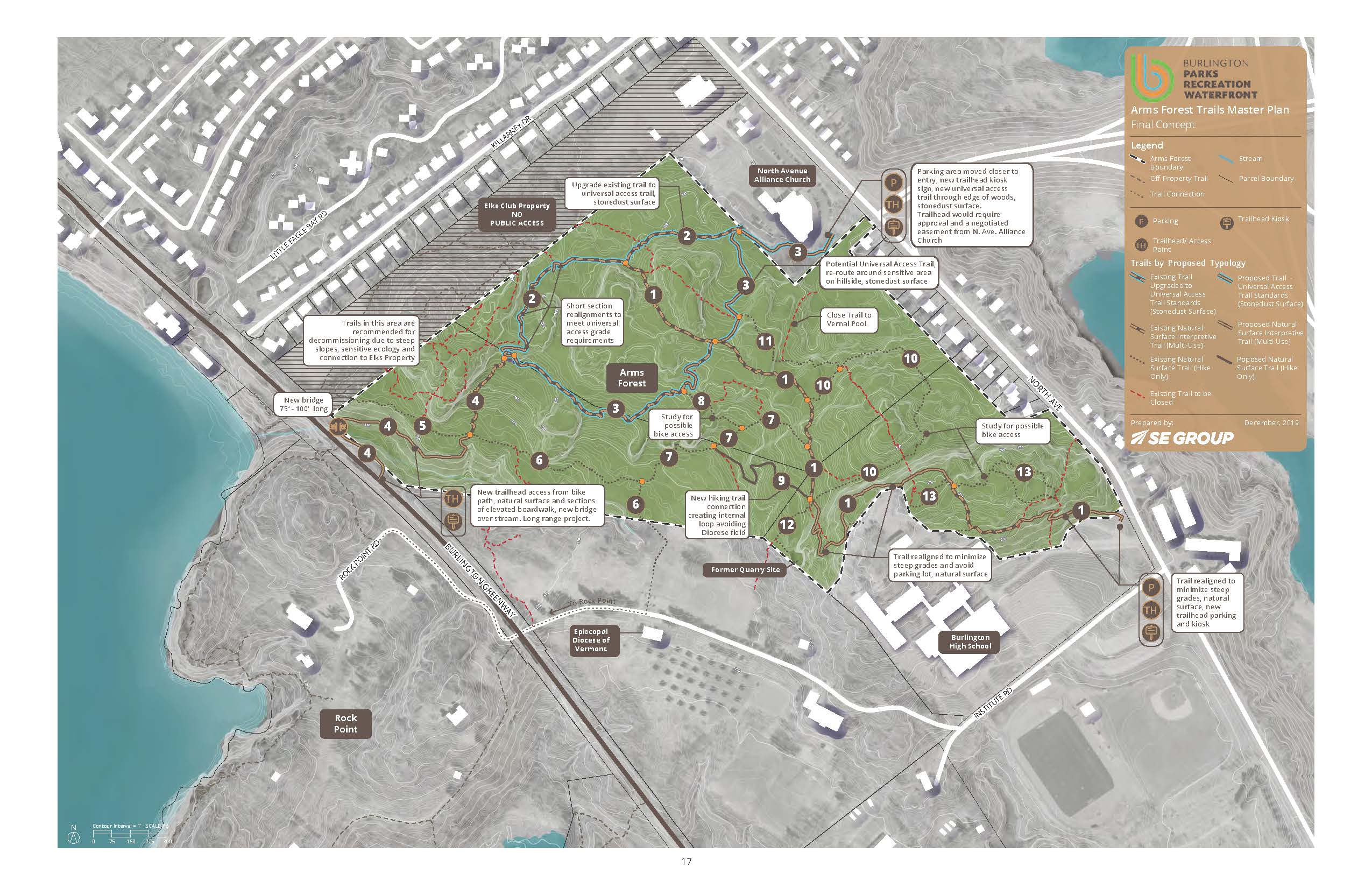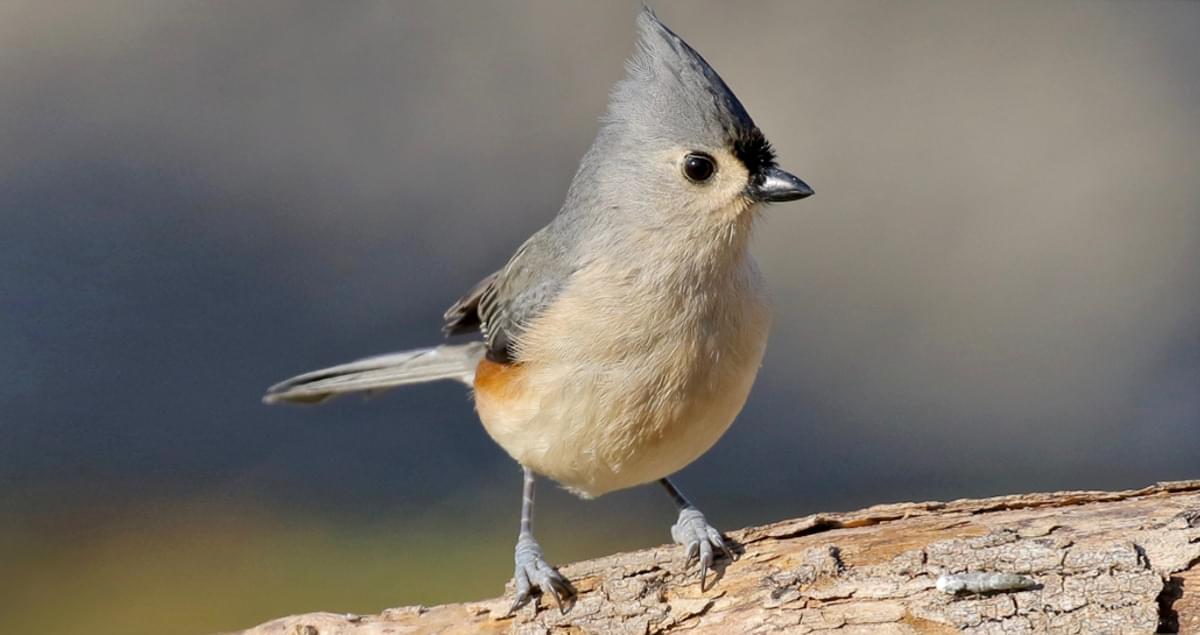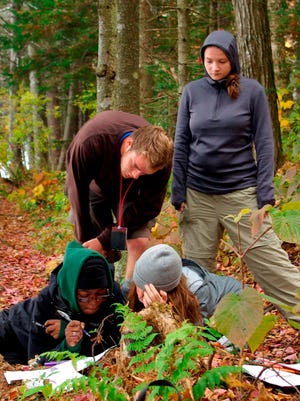Today I took a final visit to my phenology spot in Centennial Woods. The forest was full of activity, and within my first few steps of the trail I came across wildlife. I saw this cute Eastern Cottontail Rabbit and I quietly approached to get a close up picture.

I continued to my spot, where things were in full bloom. The buds on the Norway Maples that had just started opening last time I visited in April have transformed to small, fragile leaves. When looking up into the canopy, you can see many different sized and aged Norway maple leaves and the needles of the Eastern White Pine (the other focal tree species at my spot). The ground is covered in emerging Fiddlehead that are still fuzzy and are on their way to fully uncurling.




A great thing about being at UVM later into May is being able to see (or in my case hear) all the migratory birds that are coming back to the area. While at my spot, there was a chorus of bird calls that I was able to identify as a Black-capped Chickadee, Red-winged Blackbird, Wood Thrush and White-breasted Nuthatch.
Here is a video of the birds I heard at my phenology spot.
Over the past seven months, I have been able to observe how nature and culture intertwine at my phenology spot. My spot is located in a well used area for things like walking and lab work from classes at UVM, so there is a lot of human interaction. The culture of Burlington- people who like to be outdoors and care for the environment- is present here because the people bring it here. The students at UVM also create a culture of fun here by using it as a a place to relax and explore. For me specifically, coming back to this spot has been an ongoing learning experience and has a culture of peacefulness and reflection.
I would consider myself an important contributor and part of my place. I was affecting the landscape by walking the area and picking up different leaves and berries that were dropped and placed somewhere else. My presence could have also impacted what animals decided to live there, as seeing me might have caused them to want to stay away from danger and go farther in the woods. I had a positive impact by documenting the beauty of this place and sharing it with other people, making them want to respect and preserve it as well.






































